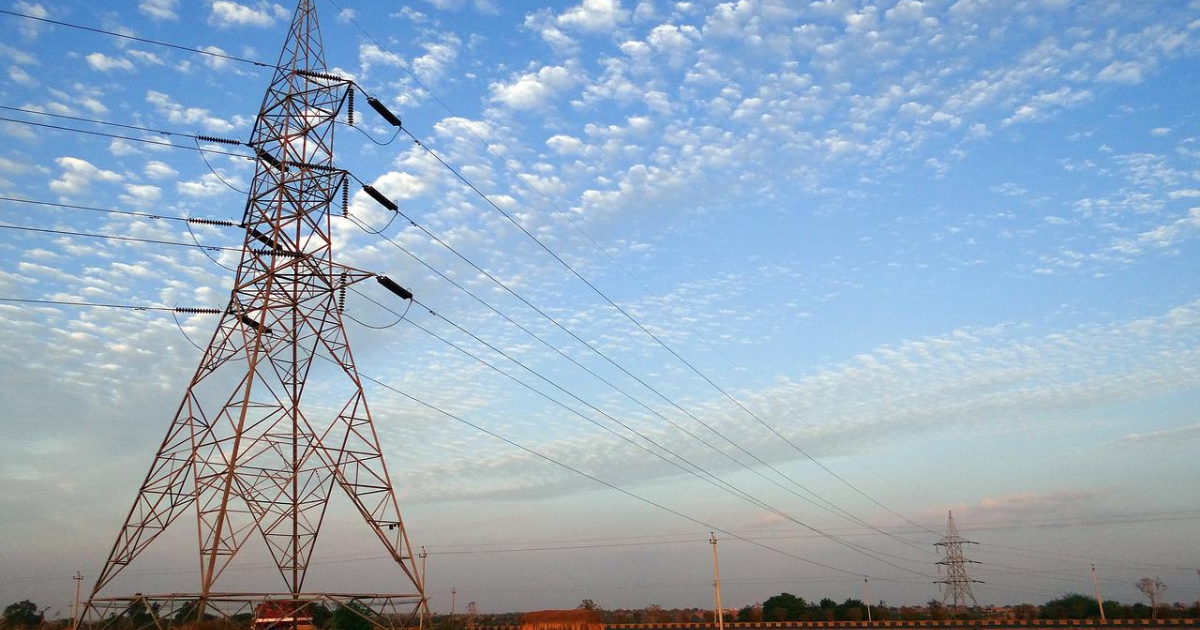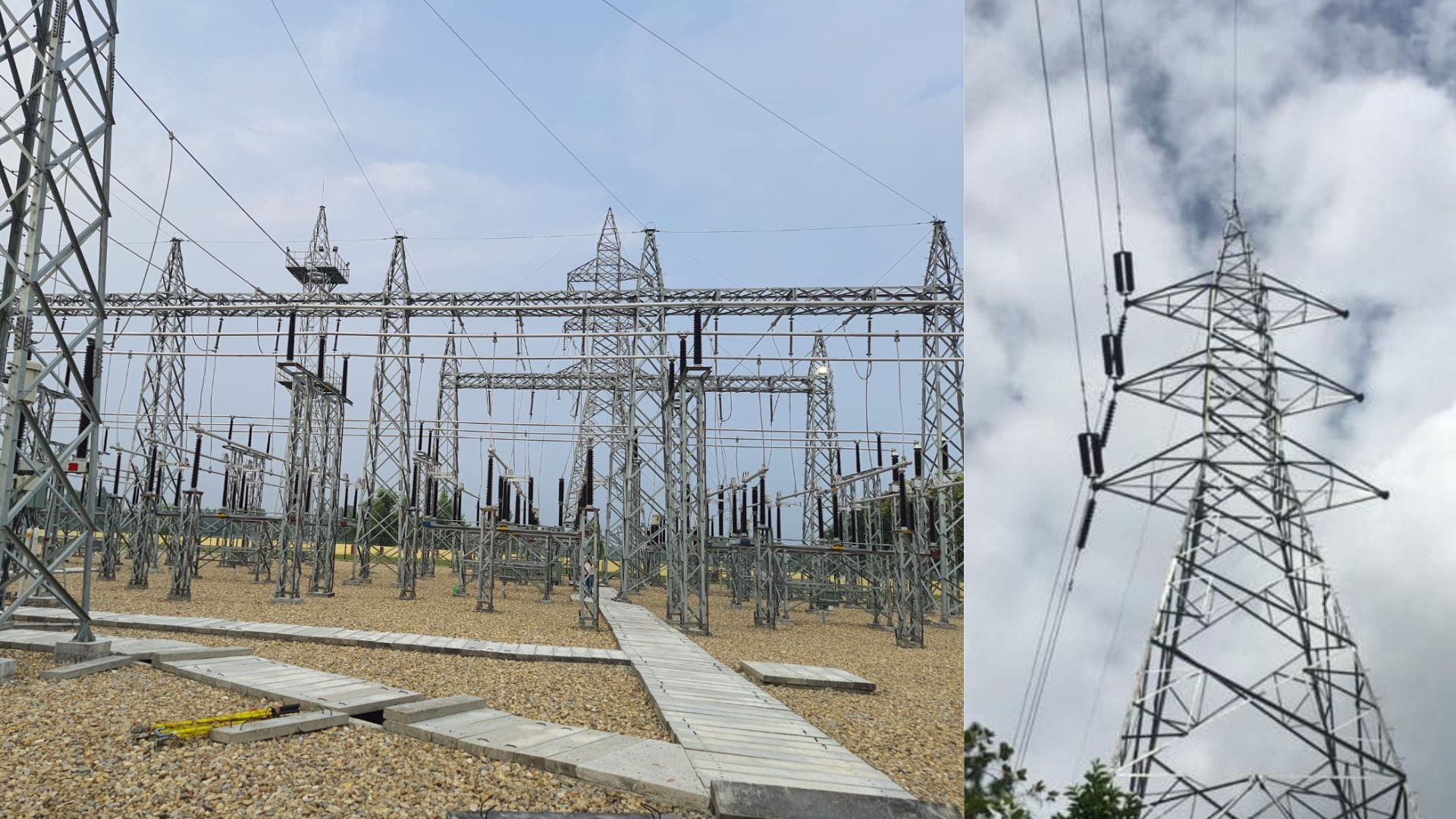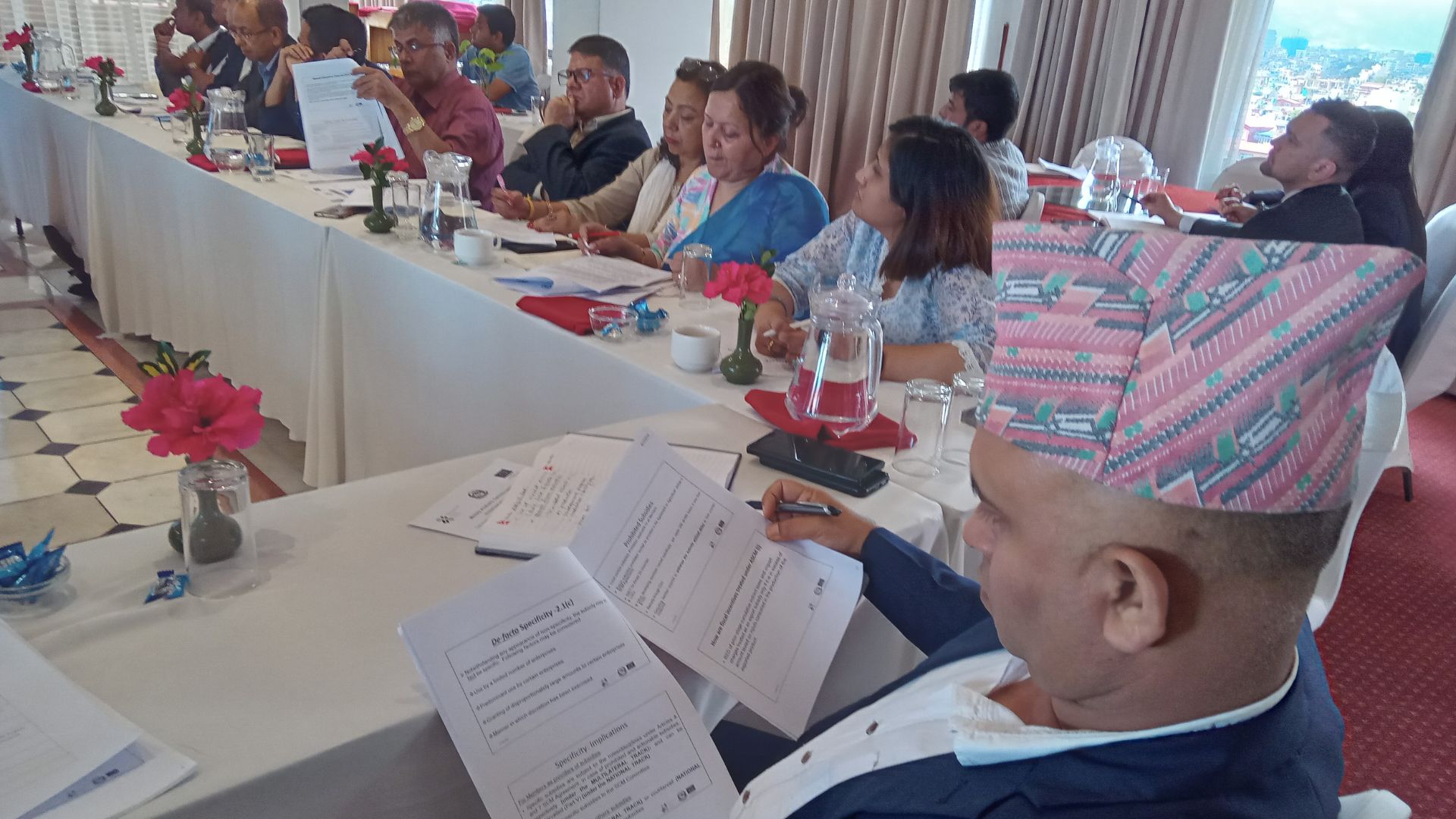
KATHMANDU: Seeking a vote of confidence on January 10 in the Parliament Prime Minister Pushpa Kamal Dahal glorified his second tenure for ending 20-hour-a-day load-shedding. Dahal said that with the end of the power outage, the confidence of the nation has increased with the subsequent growth of businesses. The data compiled by the Nepal Electricity Authority (NEA), however, shows that during the fiscal
the year 2007/08, when Dahal was the Prime Minister for the first time rather than the second time, the load shedding was at its peak, but not as much as 20 hours as claimed by Dahal.
When there was a problem with the import from Gandak Point, there was load shedding in the country for a maximum of 12 hours as the power supply could not be managed except for 18 hours a day during the winter season.
Kulman Ghising became the Managing Director of NEA when Dahal became the Prime Minister in 2016. The load shedding of household consumers ended in the same year when Ghising took leadership of the NEA. The load shedding imposed on industries since May 2017 also ceased to exist. In the parliament, Prime Minister Dahal also said that load shedding was a thing of the past, the NEA began unannounced load shedding in industries after imports from India halted.
Despite the fact that the NEA has not officially announced load shedding in the industries, power is being cut on a daily basis. Even now, due to the compelling situation in which the nation has to rely on India to end load shedding in winter and the government’s lack of initiative to import more electricity, the electricity going to the industries is being cut.
The NEA has entered into an agreement with NTPC Electricity Trade Corporation (NVVN) and Power Trade Corporation (PTC) to import 200 MW of electricity to manage the demand for the winter season.
According to the agreement, the NEA imported electricity from December to May during the winter season, but now it has stopped. Officials of the NEA said that the agreement has not been renewed so far due to the failure of the government to take appropriate initiatives. The NEA
has offered to purchase electricity from the Energy Exchange Market of India to manage demand during peak hours. However, NEA has not been able to get it. Also, 90 MW of electricity from Bihar, which has 5,000 MW of installed capacity, has been stopped due to the government’s failure to take appropriate
measures. “The import of 90 MW was halted, and demand could not be met since the start of the winter season. Even though the Prime Minister spoke proudly in Parliament about how the nation’s confidence has increased since the power outage was resolved, the electricity crisis of the dry season is worsening,” said an official of the NEA.
“The energy crisis is not only a crisis for the NEA but also for the country. The government does not understand this, and now there is a crisis situation,” the official further said. The official also said that since the NEA alone cannot increase imports, there is no other option except facing the energy crisis.
Madhu Bhetuwal, Joint Secretary and spokesperson of the Ministry said that initiatives are being taken to import electricity from India. “During the winter season, the water level in rivers and streams decreases, and the electricity produced by internal power plants is not enough. At the time of import, the production of thermal plants in India was also affected.
Initiatives are being taken by both the Ministry and the NEA to resolve the problem” Bhetuwal said. According to Bhetuwal, a meeting of the joint committee formed for electricity exchange between Nepal and India will be held within the next week. The meeting of the Joint Executive Committee formed under the Power Trade
Agreement (PTA) will also be held within a month. The meeting of the Electricity Exchange Committee, which should be held every year, has not been held for the past two years. This is the reason why the import of electricity brought in by the agreement has also been stopped.
The spokesperson of the NEA, Suresh Bhattarai, said that due to problems in the power generation in the Indian state of Bihar, the power plant is being repaired and the import of electricity will start in a short time. Negotiations are underway to import the necessary electricity from Bihar.
Due to increasing demand, there is now a problem with supply. “We are providing services to household consumers even though we have cut power in large industries,” said Bhattarai adding that 90 MW reduction in the industry going to result in load shedding.
Bihar has stopped electricity export due to technical problems in two units of a 1320 MW plant out of five thermal plants of 3300 MW in Bar Super Thermal Power. Following the suspension of 90 MW of electricity from Bihar, the NEA is carrying out unannounced load-shedding in industries across the country in the morning and evening.
According to the NEA, Bihar has not sent 55 MW of electricity coming through Ramnagar-Gandaki and 35 MW of electricity coming from the 132 KV Raxaul- Parwanipur transmission line. The problem has arisen when the electricity imported from various points connected to Bihar state is easier to distribute to the industrial sector rather than through the 400 KV Dhalkebar-Muzaffarpur international transmission line. Bhattarai said that after the reduction of electricity imported from Bihar, the industry had to face power outages.
Currently, because of the reduction in renewable energy production due to the chaos in Bihar, Nepal has not been able to provide electricity. In addition, due to the Russia-Ukraine war that started a year ago and
the increase in the price of coal on the international market, the production of coal-based thermal plants have been affected, and imports have also been affected.
Bihar is supplying electricity to Nepal at a rate of INR 6.19, but showing the lack of renewable energy, it has already sent a letter to the NEA with an informal proposal to increase this price to INR 7.26. Although Bihar has proposed to the NEA, there is no guarantee that more electricity will be imported.
On the other hand, the Ministry of Electricity of India has issued instructions to the companies to produce electricity from thermal power plants with a minimum of 6 percent coal till September.
The NEA could not get to purchase electricity even at a high cost. Recently, electricity has become more expensive in the energy exchange market. Especially during the peak hour, the maximum per unit has reached INR 12.
Importing electricity at this price will cost one rupee more due to transmission and leakage. This price goes up to INR 20.80 during peak hours.
Bhattarai said that even though they want to import electricity by paying this price, there is no electricity to bring. “Instead of buying it at a high price, we did not get the necessary electricity from the exchange market,” he said.
According to NEA officials, currently, 350 megawatts are being imported from the Dhalkebar-Muzaffarpur international transmission line, but an additional 50 megawatts of electricity could not be obtained during peak hours.
About 3300 megawatts of power projects currently under construction will be completed within the next three years, but due to the suspension of power purchase agreements (PPAs) for the past four years, there is no opportunity to start construction of new projects. Because of this, the risk of ‘generation holiday’ has increased.
According to an NEA official, if the government does not take the risk of meeting the target of 15,000 megawatts, immediately opening the pipeline and taking diplomatic initiatives to open import and export with India, there will be a major crisis of electricity shortage.
According to that official, if the government fails to facilitate the projects that are currently under construction and have PPAs, if the hydropower projects in problematic situations are not given concessions by reducing the bank interest, if the liquidity problem is not removed by bringing investments from foreign financial institutions, and if there is no guarantee with terms of import/export when signing any hydropower project with India, the future of the energy sector will be affected.
He argues that the relationship between Nepal and India has not been comfortable in recent years, and since India has taken electricity as a strategic item, Nepal has not been able to create a strategy to counter it, and the future of energy is
becoming more critical. India has watched with great importance the opening of the Pokhara Airport, built with Chinese assistance, and the progress of the construction of the Ratmate-nKerung transmission line to China. The official suggested that the government take diplomatic initiatives in such a situation. The NEA is forecasting to import 550 to 600 MW during the coming winter.
Until a few days ago, the NEA was importing up to 500 megawatts of electricity, but now this quantity has decreased. According to the NEA, if we look at the electricity import data on Wednesday, only 240 MW came from India.
There is a problem in supply management as the demand for 1600 MW has increased to 1840 MW. When the demand was 1840 megawatts, the NEA’s power plants produced 507 MW, 351 MW from Upper Tamakosi and Chilime promoted by the NEA’s subsidiaries, and 482 MW from private sector power plants.
Looking at Wednesday’s data, out of the total demand of 31,647 MW-hours, 8,539 MW-hours of electricity were imported from India. Which is almost 25 percent of the total demand. On this day last year, 7,442 MW-hours were imported from India. Last year, the demand was 27,878 MW-hours.
The private sector produced 8,509 MW-hours on the same day last year, and on Wednesday, 10,379 MW-hours were produced.
Although production from the private sector has increased this year compared to last year, the possibility of an electricity shortage has increased due to increased consumption. In the months of January and February, the current production will be even lower, so the energy crisis will increase in the winter season.
Bhattarai also admits that the energy crisis in Nepal depends on the Indian market. “If there is a shortage of raw materials in India in the current situation, there may be a shortage of electricity in winter. If the raw materials become easy, there will not be too much shortage. In recent years, imported coal in India has not only become more expensive, but it has also become more difficult to get,” said Bhattarai.
With the increasing uncertainty of electricity coming from India in winter, the NEA is urging the promoters of hydropower projects that have completed construction and made final preparation for the generation to provide electricity to the grid as soon as possible.
The NEA’s Managing Director Kulman Ghising and other high officials have been contacting the promoters and facilitating the connection of the projects ready for power generation to the power transmission system as soon as possible.
Currently, 86 MW Solu Dudhkosi, 15.33 MW Kalangad, and 54 MW Super Dordi hydroelectric projects have reached the stage of power generation. These projects are currently undergoing internal testing. Maya Khola of 14.9 MW is also waiting for the equipment to come from Europe. Even if these projects come into the transmission system, it will be easier for the NEA to manage some demand for the winter.
If we look at the forecast from NEA, for January of this month, if there is a demand of 1155.5 GW-hours of electricity, only 1026.7 GW-hours of electricity will be available from domestic production, with 474.7 GW- hours imported from India. 128.7 GM-hours of electricity is still insufficient in the country.
Similarly, in February, demand was 1123.2 GW-hours were demanded while the import volume was 482.8 GW-hours from India. Total 1006.6 GW hours were produced, while surplus was 116.6 GW-hours were sufficient. Similarly, in March, 1149.8 GW- hours was demanded, with 482.8 GW- hours imported from India, while 1017.6 GW- hours were produced, and 132.2 GW-hours were distributed.









